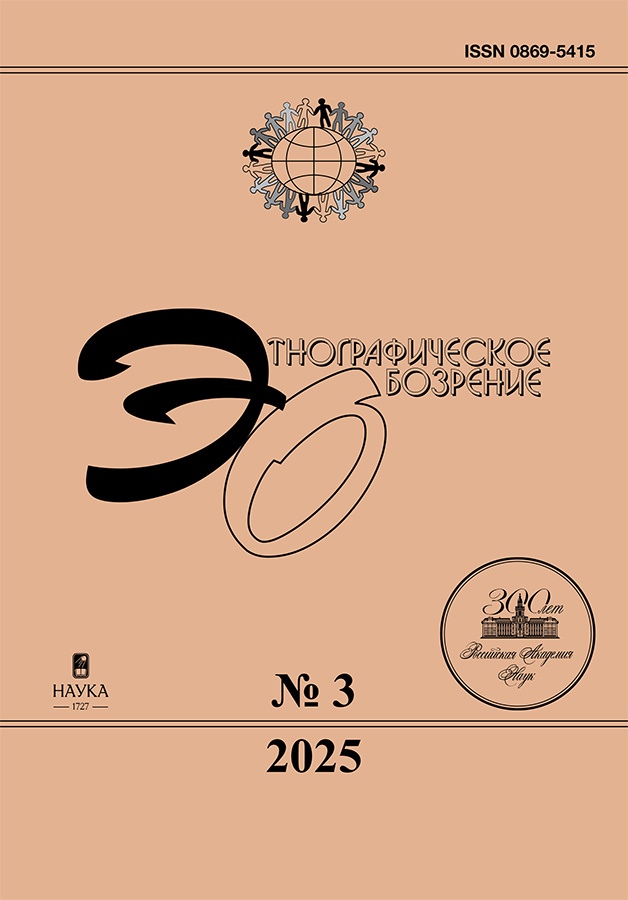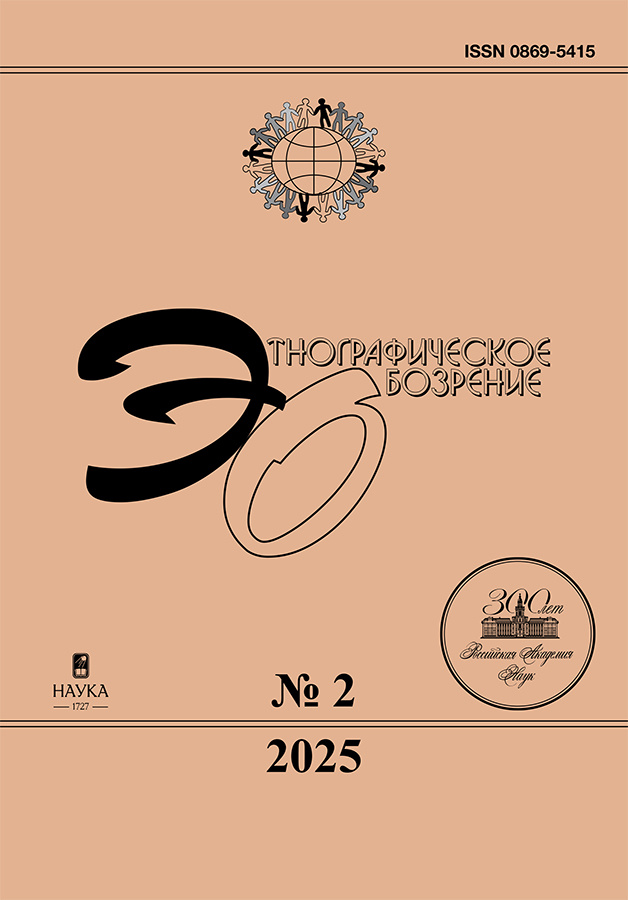Conserving the “Left Bank”: Authorized Heritage Discourse in the Romanov Part of Tutaev
- Authors: Kupriaynov P.1,2
-
Affiliations:
- Institute of Ethnology and Anthropology, Russian Academy of Sciences
- Moscow School of Social and Economic Science
- Issue: No 2 (2025)
- Pages: 11–34
- Section: Special Theme of the Issue: Anthropology of Heritage: Critical Concepts in Russian Contexts (guest editor P.S. Kupriyanov)
- URL: https://rjonco.com/0869-5415/article/view/686641
- DOI: https://doi.org/10.31857/S0869541525020027
- EDN: https://elibrary.ru/TLDIXR
- ID: 686641
Cite item
Abstract
The article is based on anthropological research conducted in 2019–2024 in Tutaev (Yaroslavl region, Russia) and discusses the active life of heritage in the left-bank (Romanov) part of the town in the recent years. Laurajane Smith’s concept of authorized heritage discourse (AHD) is used as a theoretical framework for the analysis. Focusing on the issue of borders between different actors, I examine the possibilities and limitations of the concept. The study draws on the materials of participant observation, local social networks, and interviews with town residents – particularly, heritage preservation activists. I argue that, on the one hand, the use of the AHD concept helps identify the complexity of the heritage landscape in the case under consideration and discern non-obvious drawbacks and conventions in this area. On the other hand, the study shows that Smith’s concept is not sensitive enough to the nuances and differences revealed during fieldwork and needs more subtle analytical tools.
Keywords
Full Text
About the authors
Pavel Kupriaynov
Institute of Ethnology and Anthropology, Russian Academy of Sciences; Moscow School of Social and Economic Science
Author for correspondence.
Email: kuprianov-ps@yandex.ru
ORCID iD: 0000-0001-9856-3159
кандидат исторических наук, старший научный сотрудник, доцент
Russian Federation, 32a Leninsky prospekt, Moscow, 119991; 3–5, build. 1 Gazetny Lane, Moscow, 125009References
- Averkieva, K. V. 2023. Sel’skaia dzhentrifikatsiia: gorozhane v sel’skoi mestnosti rossiiskogo Nechernozem’ia [Rural Gentrification: City Dwellers in Rural Areas of Russia’s Non-Chernozem Region]. Krest’ianovedenie 8 (4): 137–151. https://doi.org/ 10.22394/2500-1809-2023-8-4-137-151
- Bailoni, M., S. Edelblutte, and A. Tchékémian. 2012. Agricultural Landscapes, Heritage and Identity in Peri-Urban Areas in Western Europe. European Countryside 4 (2): 147–161. https://doi.org/10.2478/v10091-012-0020-9
- Kolesnik, A.S., and A.V. Rusanov. 2022. Nasledie-kak-protsess: diskussii o kontsepte kul’turnogo naslediia v sovremennykh sotsial’nykh i gumanitarnykh naukakh [Heritage-as-Process: The Concept of Cultural Heritage in Contemporary Social Sciences and Humanities]. Vestnik Permskogo universiteta. Seriia: Istoriia 58 (3): 58–69.
- Schofield, J., ed. 2014. Who Needs Experts? Counter-Mapping Cultural Heritage. London: Routledge; Taylor and Francis Group. https://doi.org/10.4324/9781315547251
- Smith, L. 2006. Uses of Heritage. London: Routledge. https://doi.org/10.4324/9780203602263
- Stiman, M. 2024. Privileging Place: How Second Homeowners Transform Communities and Themselves. Princeton: Princeton University Press. https://doi.org/10.1515/9780691239972
- Urry, J. 2002. The Tourist Gaze. London: Sage Publications.
- Veschambre, V. 2008. Autour du patrimoine: des enjeux d’ancrage spatial et de construction identitaire [Around Heritage: Issues of Spatial Anchoring and Identity Construction]. In Ces lieux qui nous habitent. Identites des territoires, territoires des identities [These Places that Inhabit Us: Identities оf Territories, Territories оf Identities], edited by. F. Guerin-Pace and E. Filippova, 83–98. Paris: L’Aube.
- Vonnak, D. 2016. Review of Who Needs Experts? Counter-Mapping Cultural Heritage, edited by J. Schofield. Journal of the Royal Anthropological Institute 22: 442–444.
Supplementary files















